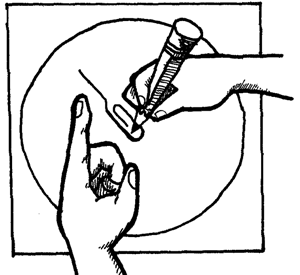Students choose targeted practice to further develop concepts of factors and multiples. Students also work on using rectangles and the break-apart products strategy to multiply and divide.
Content in this Lesson
- Representing and solving multiplication and division problems using rectangular arrays [E1].
- Determining whether one number is a multiple or factor of another number [E2].
- Identifying prime numbers [E4].
- Breaking products into the sum of simpler products to solve multiplication problems (applying the distributive property of multiplication over addition) [E9].
Assessment in this Lesson
| Assessment | Expectation Assessed |
|---|---|
|
Workshop: Factors, Multiples, and Primes Self-Check: Q# 1–2, 12–13, and 20–21 Student Activity Book Pages 61, 70, and 74 |
|
|
DPP Item T Multiplying by 0 and 1 Teacher Guide - digital |
|















